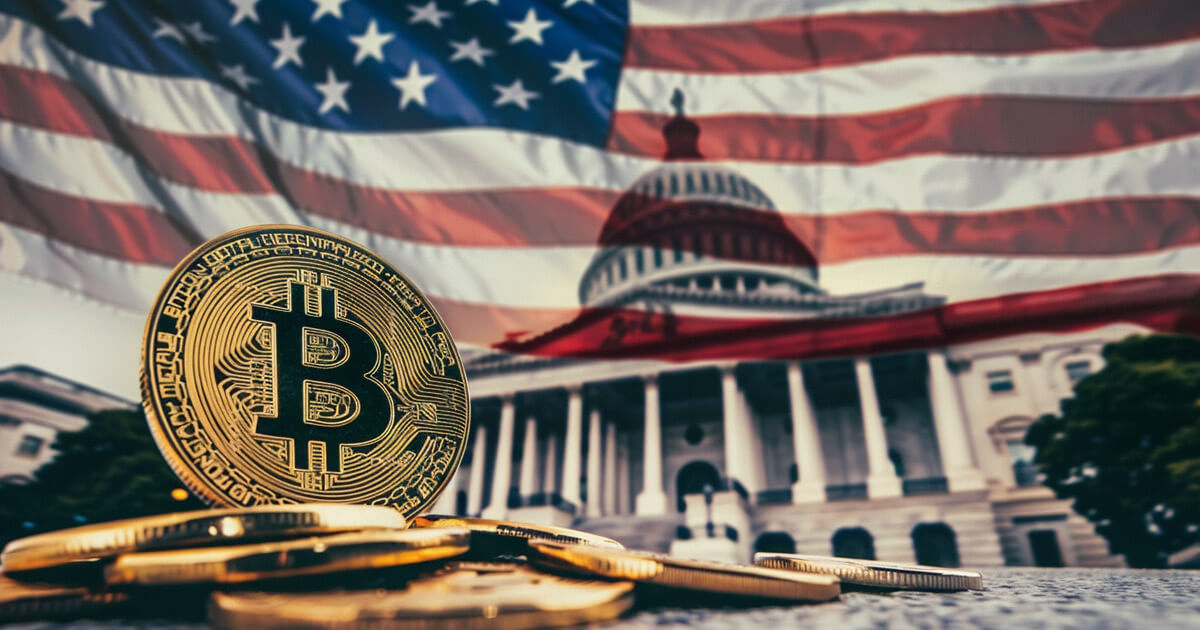The White House “Crypto Czar,” David Sacks, said the crypto working group established by President Donald Trump’s executive order is evaluating the establishment of a Bitcoin (BTC) reserve as an early priority for the administration.However, in response to questions about the US sovereign wealth fund also buying Bitcoin, Sacks said that would be evaluated separately.Sacks outlined the working group’s mandate, which includes collaboration with the Securities and Exchange Commission (SEC) to propose a federal regulatory framework for digital assets and stablecoins. He said the previous four years were marked by regulatory uncertainty, leading to the offshoring of crypto innovation. Sacks added that the Trump administration aims to reverse this trend by creating a structured regulatory environment that differentiates compliant businesses from fraudulent actors.Senators Tim Scott, French Hill, John Boozman, and Representative Glenn Thompson also made statements during the press conference.Boozman emphasized that the SEC has jurisdiction over securities, while the Commodity Futures Trading Commission (CFTC) regulates commodities. Thompson contextualized digital assets within technological evolution, describing them as part of Internet 3.0—the “internet of value.”Additionally, Scott stated that the goal is to pass stablecoin legislation within the first 100 days of the administration, followed by broader market structure reforms.Strengthening the US dollarSacks reaffirmed that stablecoin legislation would be a priority, citing its potential role in securing the US dollar’s position as the world’s reserve currency.Almost simultaneously with the press conference, Senator Bill Hagerty introduced the Clarity for Payment Stablecoins Act of 2024 draft. This bill aims to establish a federal regulatory framework for payment with stablecoins in the US. The bill defines regulatory standards for issuing and managing payment stablecoins, ensuring they are backed by reserves and operate within a structured legal environment. It also outlines that firms must be licensed as “permitted payment stablecoin issuers” to create stablecoins in the US.These issuers include subsidiaries of insured depository institutions, federal-qualified nonbank payment stablecoin issuers regulated by the Office of the Comptroller of the Currency, and state-qualified payment stablecoin issuers regulated by state financial authorities.The bill mandates that stablecoin issuers maintain a 1:1 reserve backing using US currency, deposits, Treasury securities, and other liquid assets. Issuers must also provide monthly public disclosures on reserve compositions and undergo independent audits. Furthermore, the legislation prohibits the rehypothecation of reserves and requires compliance with anti-money laundering regulations under the Bank Secrecy Act. The bill establishes a two-year moratorium on algorithmic stablecoins and directs the Treasury Department to study their r

